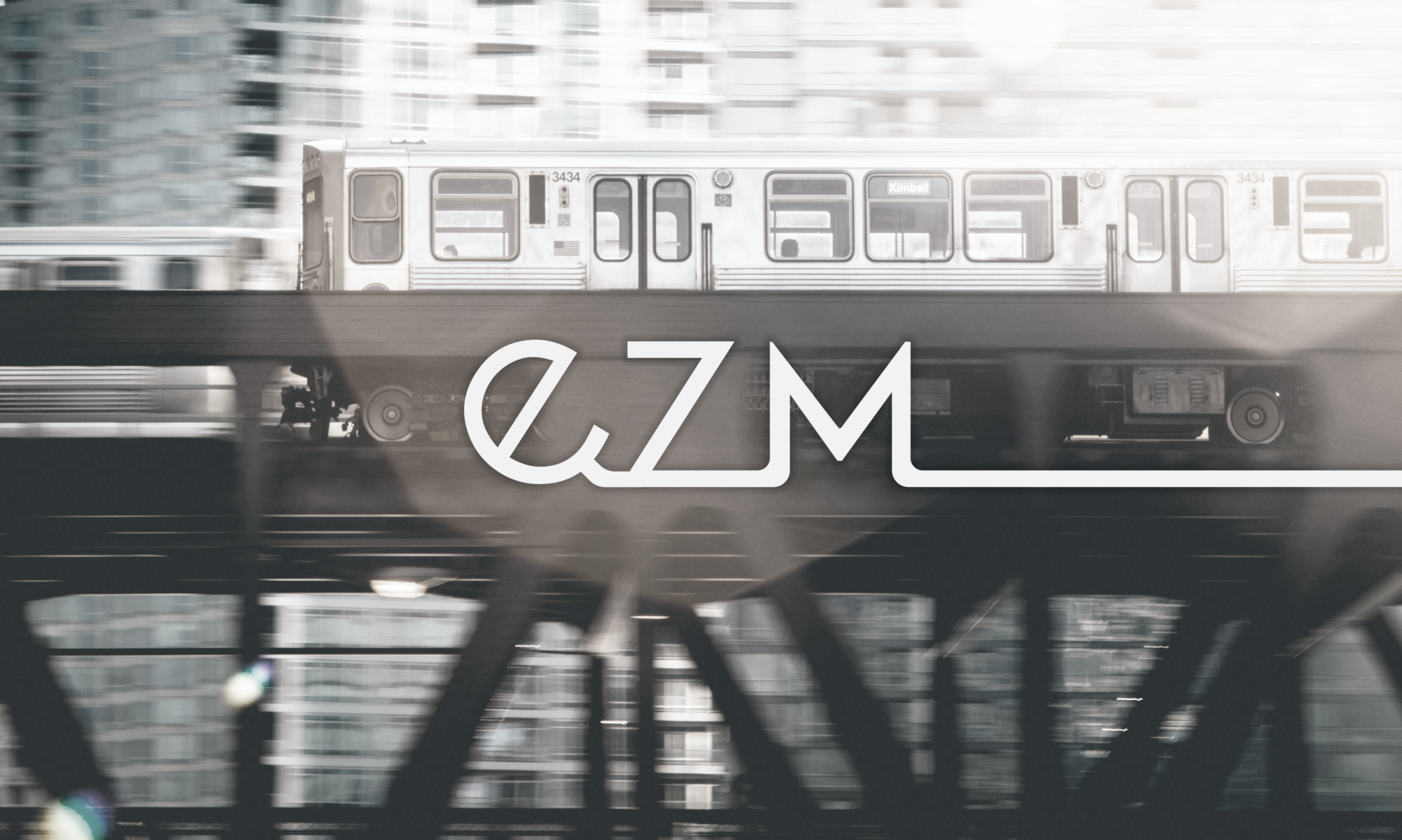MBTA Bus Ridership Explorer
November 2020
This platform reveals spatial patterns in boardings, alightings, and passenger load on MBTA buses in Fall 2019. Data are courtesy of the MBTA Open Data Portal and the General Transit Feed Specification (GTFS).
Each route’s on-time percentage is compared to the system-wide average, while key routes and T stations highlight each bus route’s role within the network. Bar charts show how riderships shifts by time of day and route direction.
This tool can be used to identify strategic segments for dedicated bus lanes, expanded capacity, or upgrades to stations and waiting areas.
Skills: GTFS, Leaflet, R Shiny, CSS



Blue Bike Route Mapper
October 2020
Bike share demand boomed in 2020 — drawing many new riders. I mapped the most common routes, to inform future open street networks and safety improvements.
Using R Shiny, PostgreSQL, and PostGIS, I visualized the most popular routes and how these shifted over the course of a day, based on 160,000 Blue Bike rides taken between March and September 2020.
Routes were summarized by direction, origin/destination pairs, and hour, with routes under 10 rides omitted for privacy.
Skills: SQL, PostgreSQL, PostGIS, R, CSS


Central Sq. Pedestrian Demand Model
September 2019
Using Urban Network Analysis Toolbox (Rhino extension), we modeled future pedestrian flows in Central Sq., based on current travel patterns, employment and residential data, transit infrastructure, and permitted developments.
Findings were visualized using ArcGIS and MapBox, and design interventions proposed at high-growth locations that are currently unfriendly to pedestrians.
Skills: Excel, UNA Toolbox, ArcGIS, Adobe Illustrator & Photoshop


Decarbonizing Transportation Tool
January 2021
Cities have set long-range goals to create a zero-emissions transportation system by 2050, consistent with IPCC goals. What mix of interventions will it take to get there?
This dashboard complements the Decarbonizing Transportation workshop designed by Andrew Salzberg, and helps participants compare their strategies to major US cities based on data from the National Household Travel Survey and the Energy Information Administration.
Users can enter their preferred mix of strategies (e.g. fleet electrification, grid decarbonization, active transportation), and save them to a database. These data are then displayed graph and saved in a database — thus helping users identify aggressive, but realistic scenarios.
Skills: R Shiny, Excel, CSS, Java Script


MBTA Transit Access Shed
October 2020
Using Open Trip Planner and the General Transit Feed Specification (GTFS) provided by the MBTA, I visualized the transit sheds for any location in greater Boston. An interactive app enables users to tailor the analysis, based on time of travel, number of transfers, wheelchair accessibility, and modes.
Skills: R, GTFS, Open Trip Planner, GitHub
Water Vulnerability Explorer (WaVE)
Water is a human right — but in low-income communities, it is not a guarantee. Rising water prices and aging infrastructure have led to some communities losing access.
Using data collected by American Public Media, we used R Shiny to process and map shutoff orders from water utilities across the Midwest. Spatial regressions revealed racial disparities in access, when controlling for income.


